How to Use the Chimney Liner Kit
Chimneys are a staple of every household in cold and chilly areas. Having a chimney means having a constant fire in your house without any fire hazard or smoke build-up. But what if your chimney smoke starts to leave even before it reaches the top exit? If your chimney lining leaks, you can replace it with a chimney liner kit. The process has a lot of steps, so you will need assistance. You should hire a professional chimney relining service instead of doing it yourself.
During the early days of brick and mortar chimneys, there was no concept of chimney lining. But now, these mortar chimneys have a layer of special concrete and tile lining. This layer can last decades but will eventually crumble and leak. If you have a modern metallic chimney, it comes with a replaceable lining. In case of a leak, your chimney is due for a relining. The layer prevents smoke from leaking into the wall, room, and exterior. If your chimney lining starts to leak, this sabotages the chimney flue. You can’t light a fire with a compromised flue because the smoke will build up in the house.
What Tools Do You Need
To replace your chimney liner, you will need the following tools.
- Gloves
- Tape Measure
- Caulking Gun
- Screw Driver
- Utility Knife
- Hack Saw
- Wire Cutter
- Spray Adhesive
- HVAC Tape
- Silicon Tube
Parts Of the Chimney Liner Kit
Once your chimney kit arrives, it will have the following parts. Note that the sizes and parts may vary depending on the model you ordered.
- Chimney Lining (Comes in Different Sizes)
- Bottom Appliance Connector
- Insulation Blanket
- Stainless Steel Mesh
- Few Clamps
- T-Snout
- Top Plate
- End Cap
Chimney Liner Installation Step By Step
Installing a liner is at least a two-person job, so follow the steps to do it yourself.
- Cut the shrink wrap on the liner with the utility knife
- You and your helper grab the liner to stretch it out to full length.
- Remove the protective tape from one end and attach the bottom appliance connector.
- Spread the insulation blanket to the full length of the liner and place the liner in between the blanket
- Apply the spray adhesive on both the blanket and the liner and wrap the blanket on the liner overlapping at least one inch.
- Secure the insulation with 6 inches of HVAC tape across the liner and then apply the HVAC tape length-wise as well.
- Unwrap the stainless steel mesh and wrap it around the insulated liner. Use a clamp to secure the mesh on both ends, and use the wire cutter to cut off the excess mesh.
- Before you feed the liner down the chimney, insert the T-snout in the hole near your fireplace and connect it to the chimney. Tighten the screw inside the T-snout to unify the bottom connector and T-snout. Close the other end of the bottom connector with the End Cap. Note: If the bottom connector directly goes into the chimney fireplace, you can skip this step but seal the cavity for the T-snout instead.
- Use the caulking gun to apply silicon on the top of the chimney to fix the top plate. Slid the top plate over the liner and pressed it to attach it firmly. Screw in the pre-drilled holes tightly to keep the plate firmly in place.
- Use the hacksaw to cut off the excess part of the liner.
- Attach the rain cap onto the top plate, and your chimney liner installation is complete.
Conclusion
Relining a chimney is easier than ever, thanks to the chimney liner kit. If you have the right tools and some knowledge of hardware installation, then you can probably do it yourself with some help. For flawless results, then it is recommended that you get professional help. A professional has the experience and foresight to make the right decision depending on your unique circumstances. If you need any professional advice regarding chimneys, get in touch with Brushers Chimneys at (346) 258-3497.


